At close to 71 million votes, Donald Trump beat Barack Obama’s 2008 total of 69.5 million, which had been the highest number of votes ever cast for a presidential candidate (Wikipedia). But Joseph Biden got over 75 million votes to win. Those numbers alone make this a landmark election.
The nature of the opposition, the candidates, the voters, the issues, the general state of the nation, that too is important. But I don’t know how to  think about that. Though others may have one, I lack an analytic framework. The best I can do is to offer some things I’ve been thinking about.
think about that. Though others may have one, I lack an analytic framework. The best I can do is to offer some things I’ve been thinking about.
Be of Good Cheer
Let us start with Episode 223 of the In Lieu of Fun podcast, or whatever it is, from the day after, Nov. 4. It is hosted by Ben Wittes, of the Brookings Institution and Lawfare, and Kate Klonick, who teaches at St. Johns University School of Law. They’ve been hosting this conversation since the beginning of the Covid-19 pandemic.
While the whole conversation is worthwhile, especially some relatively early remarks taking note of the fact that Trump still has a great deal of support, I’m interested in some remarks that Wittes offered at the very end, starting at roughly 55:49 (you have to view it on Youtube). Read more »



 I’ve been airborne since
I’ve been airborne since
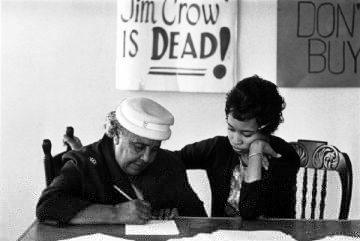 In the presidential election of 2016, around 45% of adult eligible to vote in the USA did not vote. It isn’t disputed that voter suppression, disproportionately affecting people of colour, was one of the causes. Another seems to be a cynicism, or apathy about the process itself. And there may be other reasons. But however you look at it, a situation in which nearly half of the eligible population doesn’t vote in an election for the highest office in the land ought to be causing a good deal of alarm, and not just for those political actors who reckon to be most damaged by this blank statistic. But then, ‘democracy’ has always been rather more of an unfulfilled promise than an accomplished fact, even in the Land of the Free (as well as in the land that boasts the ‘Mother of Parliaments’, where I live).
In the presidential election of 2016, around 45% of adult eligible to vote in the USA did not vote. It isn’t disputed that voter suppression, disproportionately affecting people of colour, was one of the causes. Another seems to be a cynicism, or apathy about the process itself. And there may be other reasons. But however you look at it, a situation in which nearly half of the eligible population doesn’t vote in an election for the highest office in the land ought to be causing a good deal of alarm, and not just for those political actors who reckon to be most damaged by this blank statistic. But then, ‘democracy’ has always been rather more of an unfulfilled promise than an accomplished fact, even in the Land of the Free (as well as in the land that boasts the ‘Mother of Parliaments’, where I live).
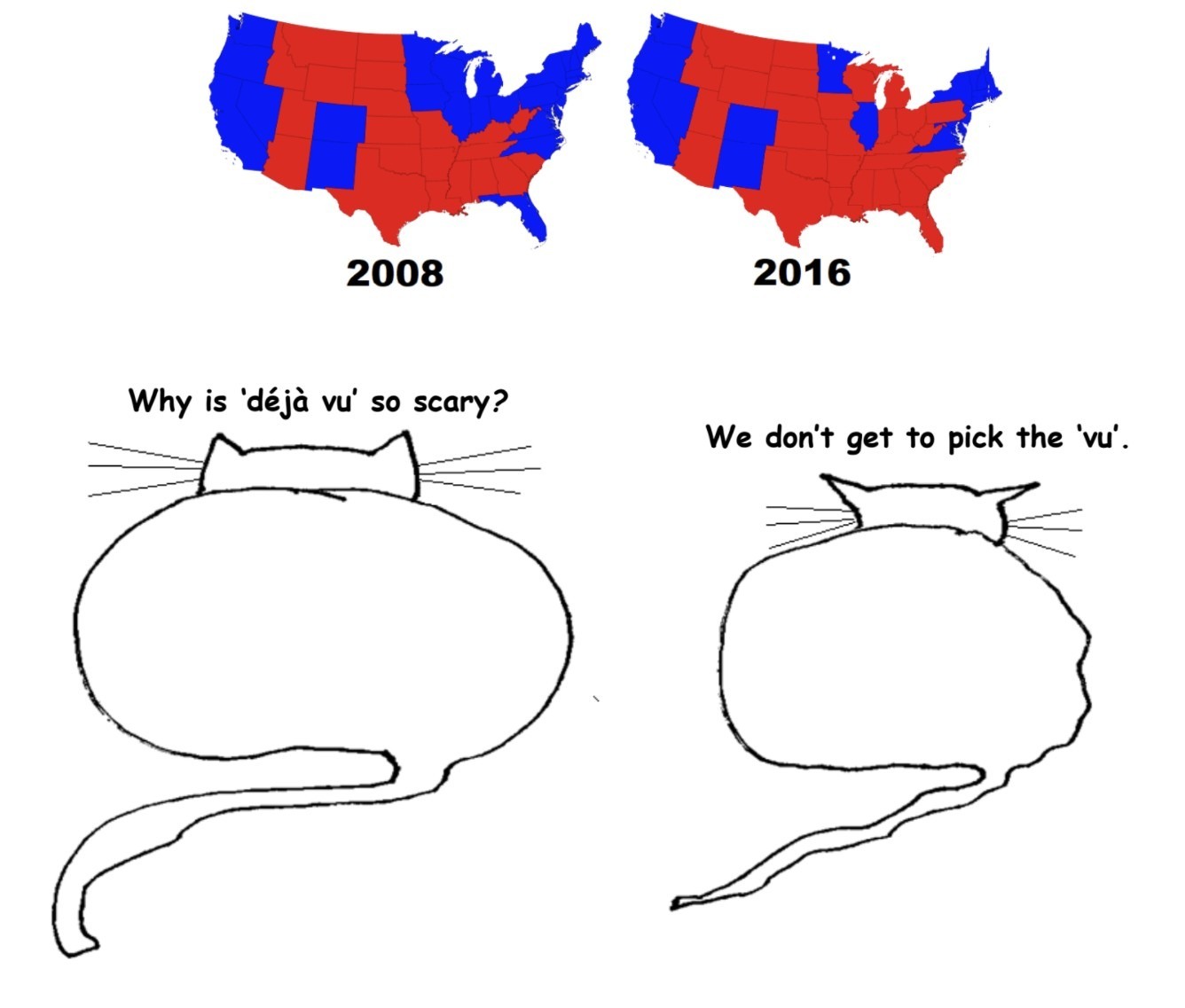

 When I was a kid, I used to see this little sign everywhere (still see it occasionally): “No shoes. No shirt. No service.” It was on the door of every store, including the store down at the gas station. It used to make me laugh for some reason. Maybe, just the image of this shoeless, shirtless madman storming the store for more toilet paper.
When I was a kid, I used to see this little sign everywhere (still see it occasionally): “No shoes. No shirt. No service.” It was on the door of every store, including the store down at the gas station. It used to make me laugh for some reason. Maybe, just the image of this shoeless, shirtless madman storming the store for more toilet paper.

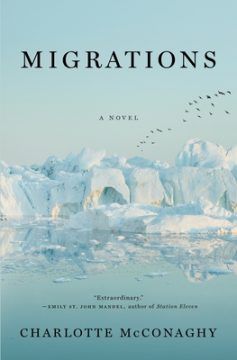
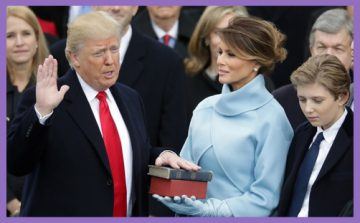 But Och! I backward cast my e’e,
But Och! I backward cast my e’e,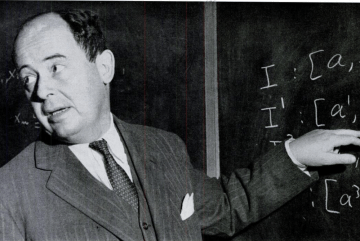

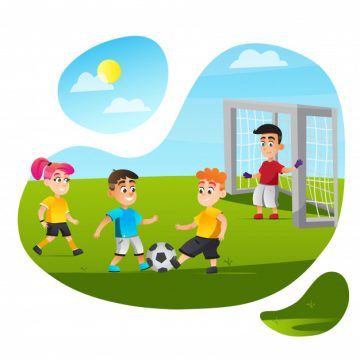 Bill: Can you believe these Republicans?! Just four years after swearing up and down that no nominee for the Supreme Court should ever be approved in an election year for the president, and promising on their mothers’ graves that they would never do such a thing, here they are doing exactly that!
Bill: Can you believe these Republicans?! Just four years after swearing up and down that no nominee for the Supreme Court should ever be approved in an election year for the president, and promising on their mothers’ graves that they would never do such a thing, here they are doing exactly that!
 Sughra Raza. Autumn Water. Chittenden, September 2020.
Sughra Raza. Autumn Water. Chittenden, September 2020.